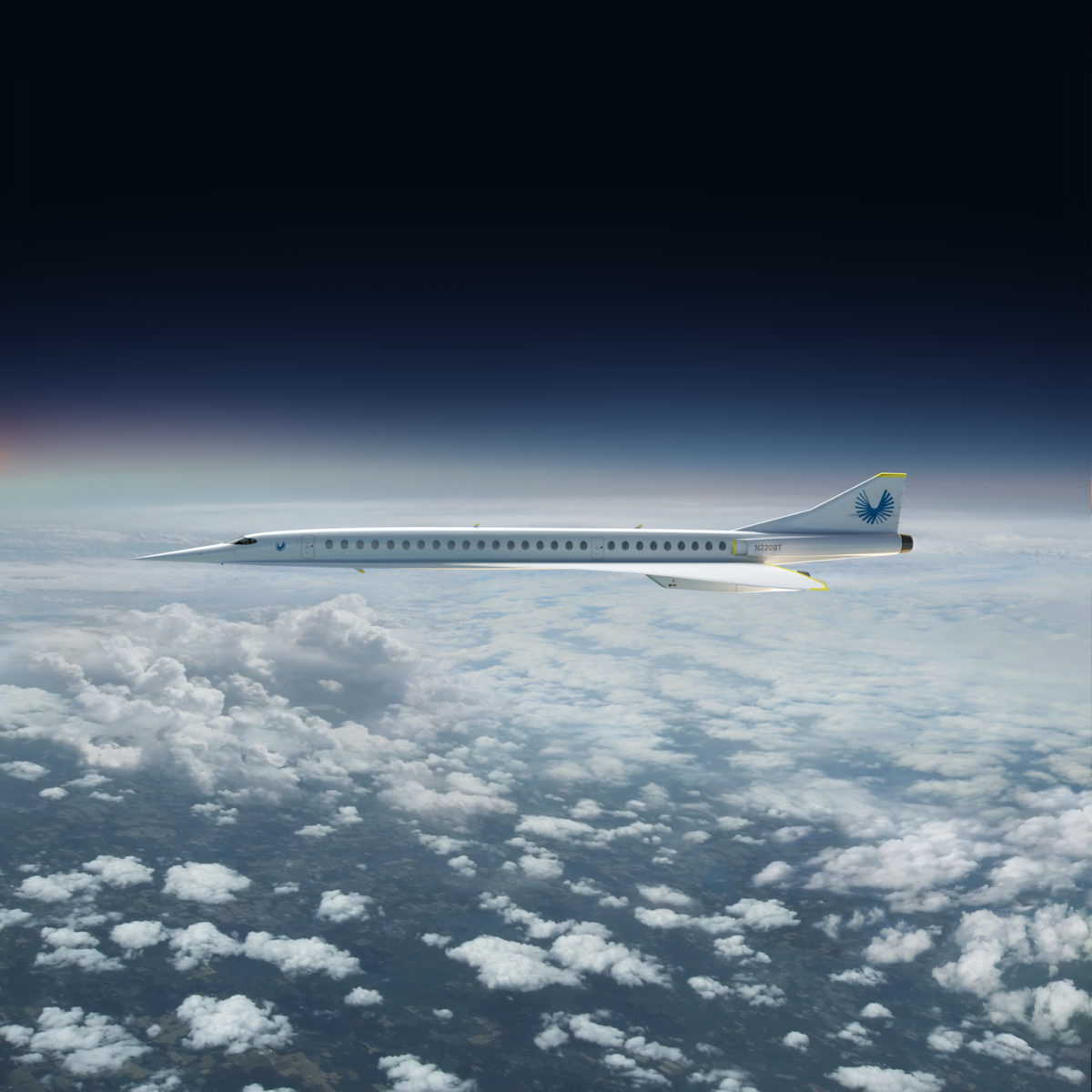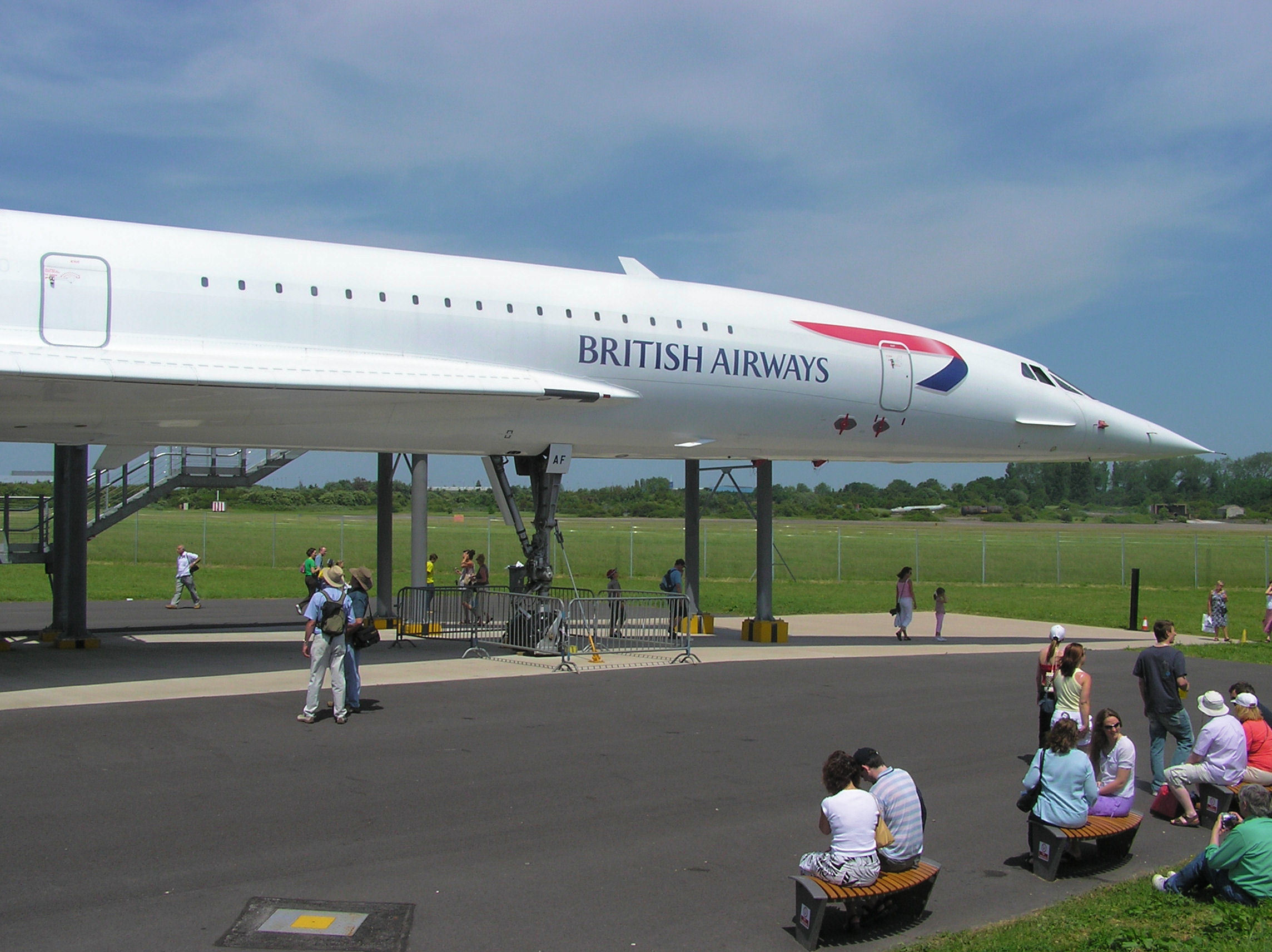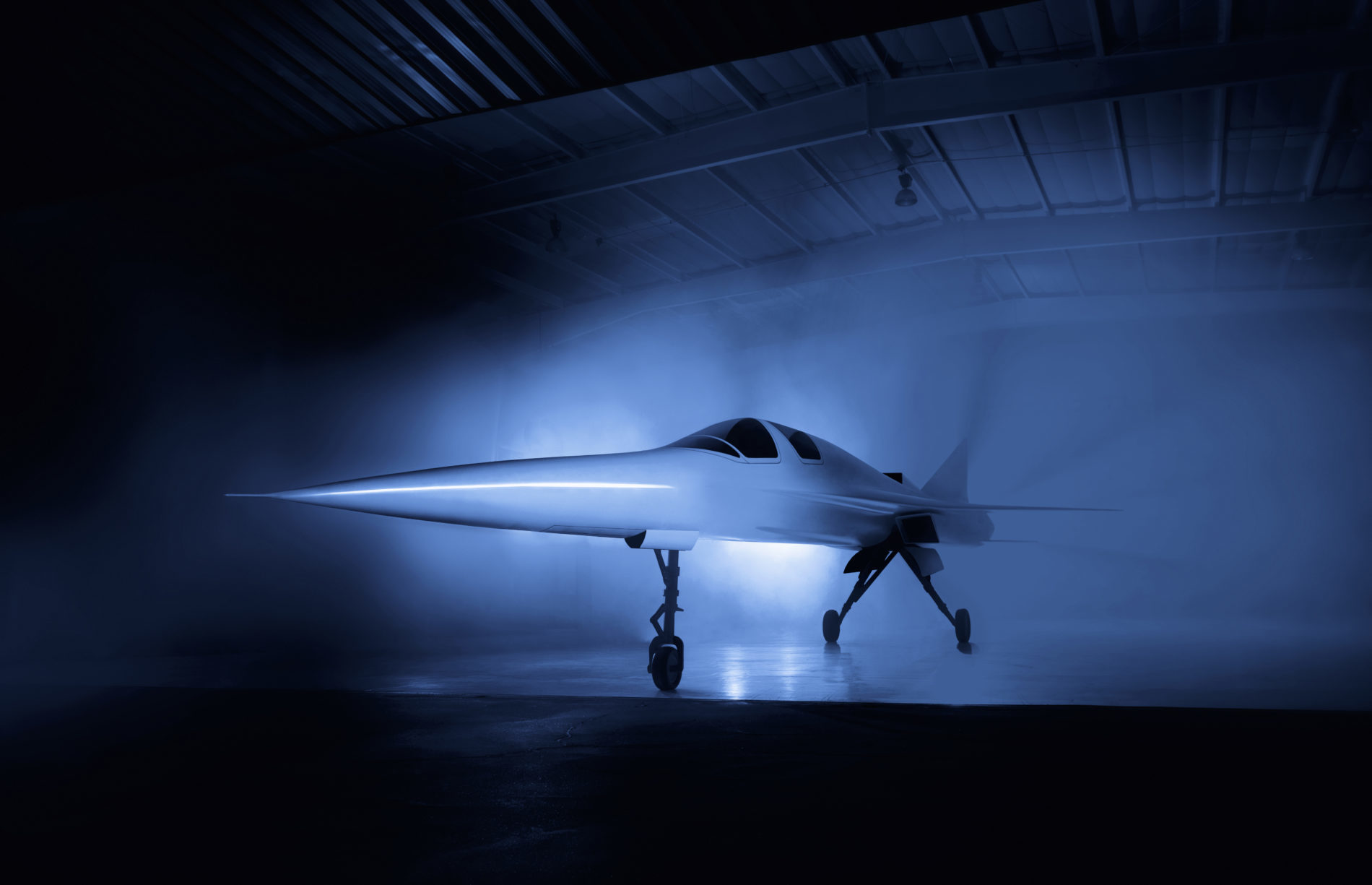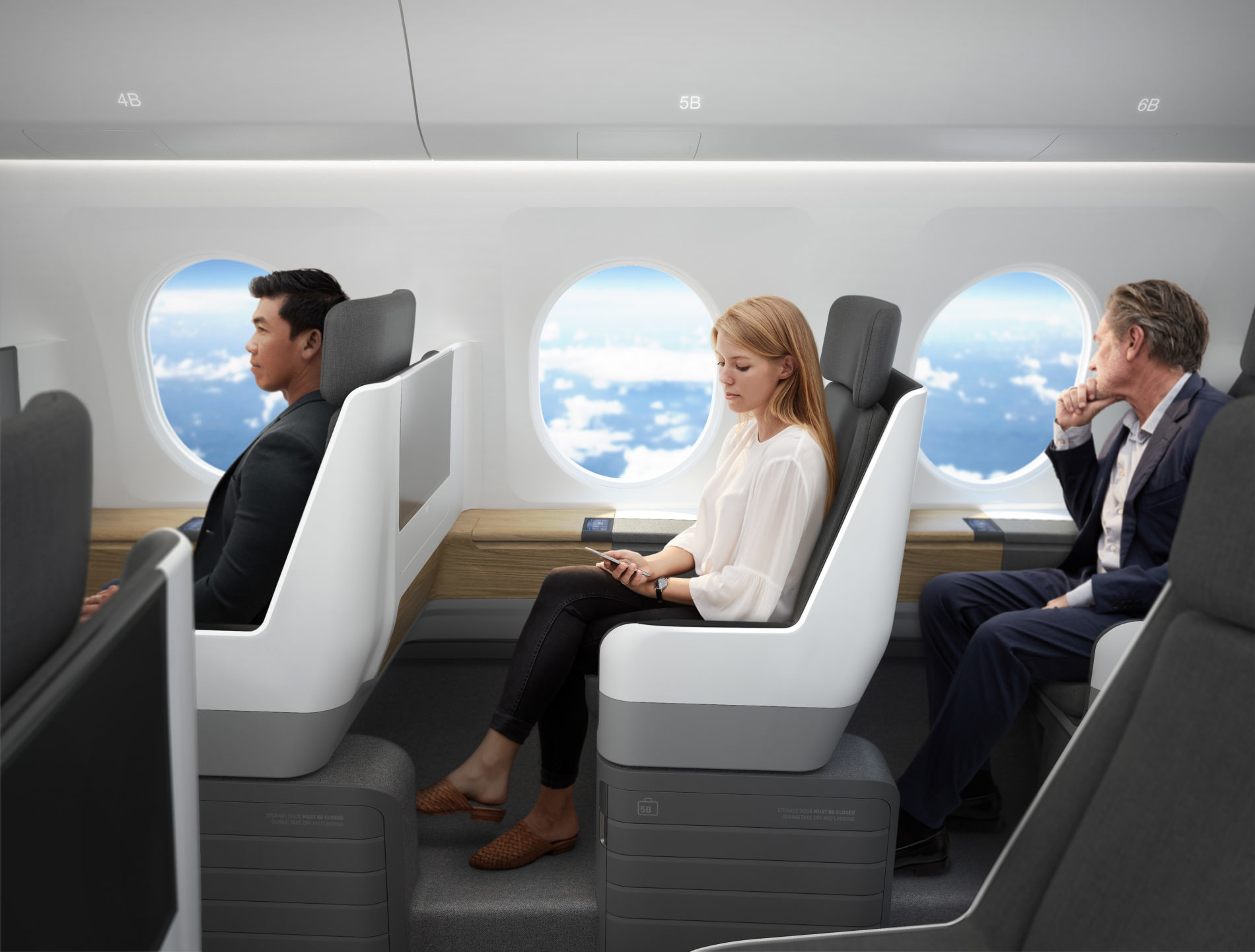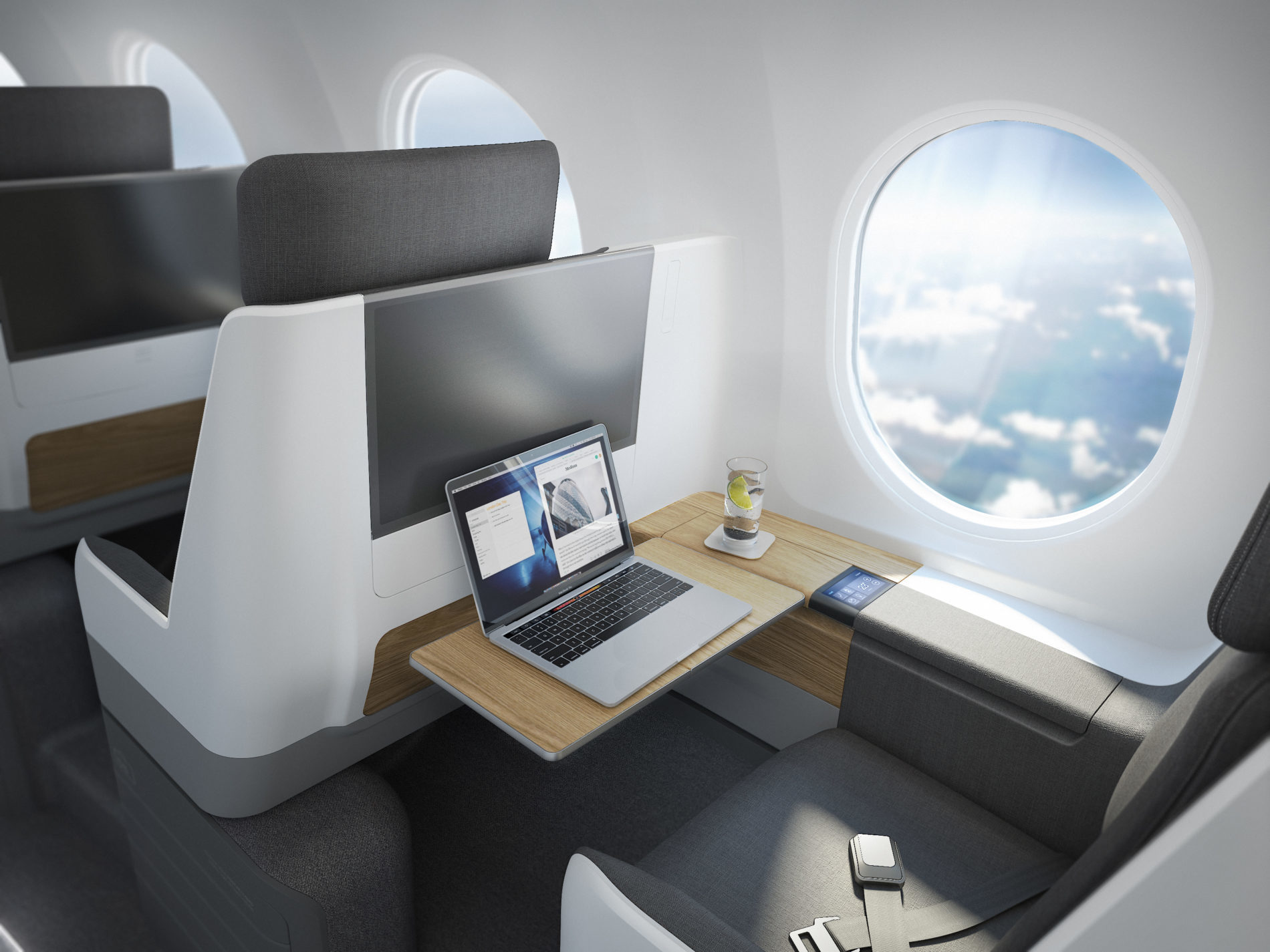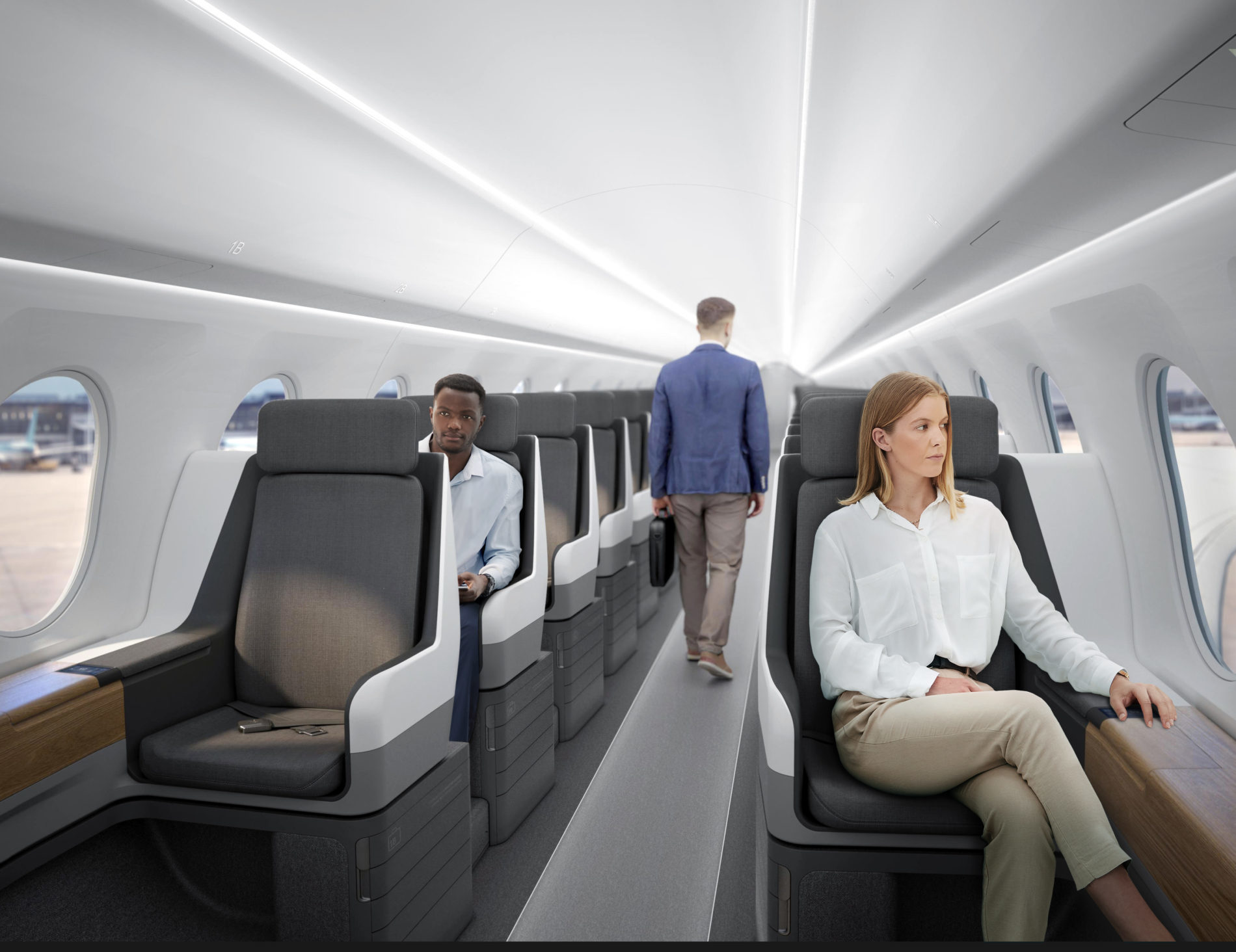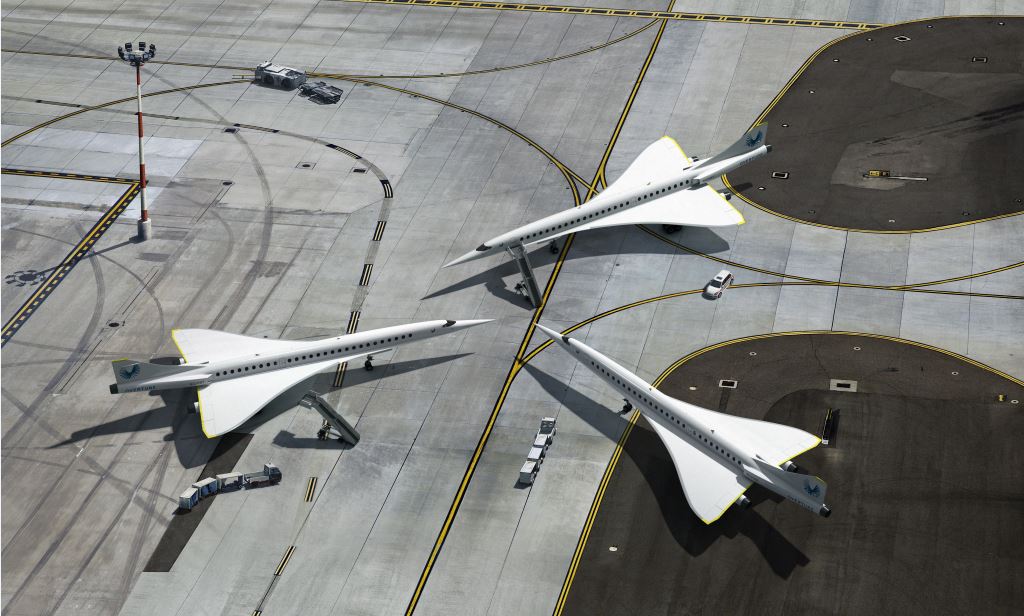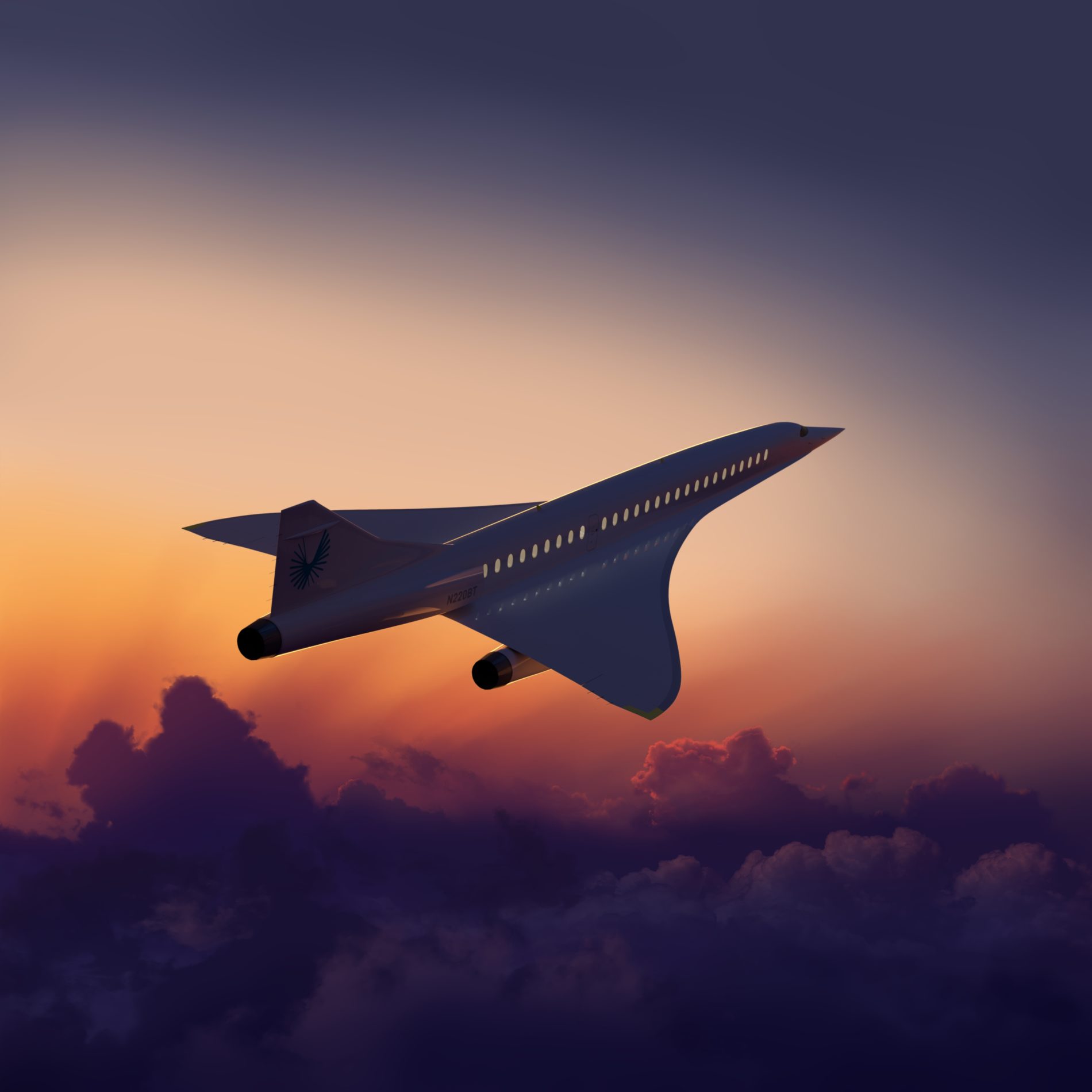When the Concorde, the fastest-ever passenger plane – capable of flying at a speed over Mach 2 (2,179 km/h, 1,354 mph) – was retired in 2003, it was a sad day for aviation. Since the first flight of the Wright Brothers, all developments in aviation also always meant an improvement in the speed of planes. The Concorde, which was designed in the 1960s and made its debut flight in 1976, was well ahead of its time and seemed to be leading the way to a future where supersonic mass transportation was available to anyone. Giving up the Concorde seemed to be a significant step back in this progress.
In the past 15 years, a number of high-level debates have taken place surrounding the possibility of a new Concorde; there have been many promising projects in the pipeline over the years, but none ever materialized into a real plane. This time, with Boom Supersonic, it seems to be a different story.
The Concorde was retired for one key reason: it had become too expensive to operate, considering both the high maintenance costs and poor fuel efficiency. These factors, together with a massive drop in passengers after the 9/11 terrorist attacks and the Concorde accident in 2000, forced the two Concorde operators, British Airways and Air France, to terminate the flights.
 IN THE PHOTO: The Concorde, now permanently stored in Bristol, UK PHOTO CREDIT: Wikipedia
IN THE PHOTO: The Concorde, now permanently stored in Bristol, UK PHOTO CREDIT: Wikipedia
Nowadays, planes are able to cover hugely significant distances, including routes between Singapore and New York, London and Perth, and Doha and Auckland. These trips demonstrate the high-performance power of today’s planes which also hold much better fuel efficiency than in the past; yet, the speed of the planes has not increased in tandem with the increased efficiency.
Boom Supersonic believes this represents a sweet spot to enter the market having designed a passenger plane able to fly supersonic and still allow airlines to operate it and make profits. This revolutionary delta-wing aircraft will be powered by three turbofan engines and will be able to carry up to 55 passengers on different routes around the globe including transoceanic flight.
 IN THE PHOTO: Boom’s XB-1 demonstrator. PHOTO CREDIT: Boom Supersonic
IN THE PHOTO: Boom’s XB-1 demonstrator. PHOTO CREDIT: Boom Supersonic
In February 2017, Boom managed to raise enough capital to produce the first prototypes, following the static XB-1 demonstrator that has drawn so much attention to this program. Airlines including Virgin and Japan Airlines are actively funding the program, making the first pre-orders of the supersonic plane.
Boom – which is a US company based in Denver, Colorado – aims to have its first plane ready by mid-2020. The Supersonic passenger jet will have a maximum speed of Mach 2.2, it will fly at a cruising altitude of 60,000 feet which is higher than standard commercial planes and it will have a range of 10,357 miles (16,668 km). The craft’s passengers will enjoy an all-business class environment with large seats, all aisle access and will be able to enjoy a stunning view through Boom’s aircraft large windows: whilst flying at such an altitude, they will be able to see below them the curvature of Earth and, looking above, the darkness of the space. Their safety will be guaranteed by, among other factors, three engines – an extra engine compared to Boom’s predecessor, the Concorde.
As we have seen, Boom already remedies many of the issues that were associated with the end of the Concorde program. There are just two further questions raised: costs and efficiency.
Regarding the costs, Boom asserts that flying on their aircraft will have the same cost as a regular business-class ticket, and that this factor is what will make this program successful. They assert the same regarding fuel efficiency: at Boom, they are well-aware that burning too much fuel could pose a significant issue for the program, both in terms of sustainability and cost effectiveness, but have expressed certainty that their plane’s fuel efficiency is comparable to that of subsonic business class.
 IN THE PHOTO: Rendering of three Boom’s Aircrafts on the tarmac PHOTO CREDIT: Boom Supersonic
IN THE PHOTO: Rendering of three Boom’s Aircrafts on the tarmac PHOTO CREDIT: Boom Supersonic
Another common complaint surrounding the Concorde over the years was the issue of noise, resulting in various discussions with local governments surrounding this matter. Boom differs from the Concorde in this regard, as well. They assert that their plane will not make more noise than a regular jet at takeoff.
Since the launch and the end of the Concorde, many endeavors have been undertaken to build something similar to it. In the case of Boom, there is a real feeling that we have finally reached that moment.


